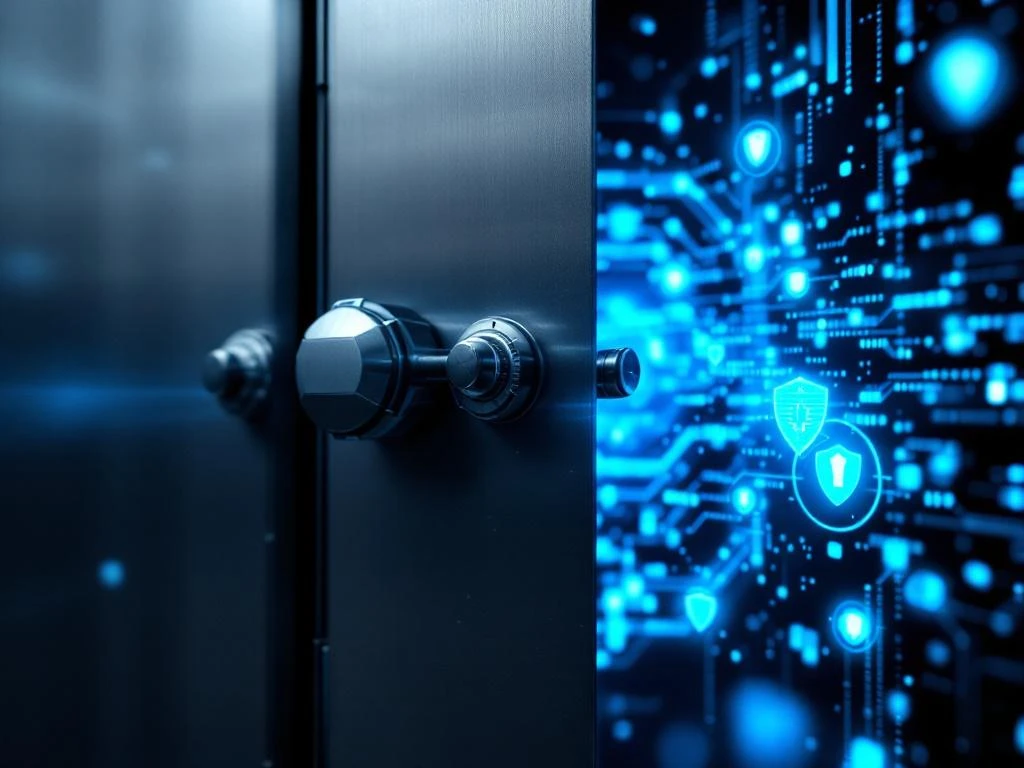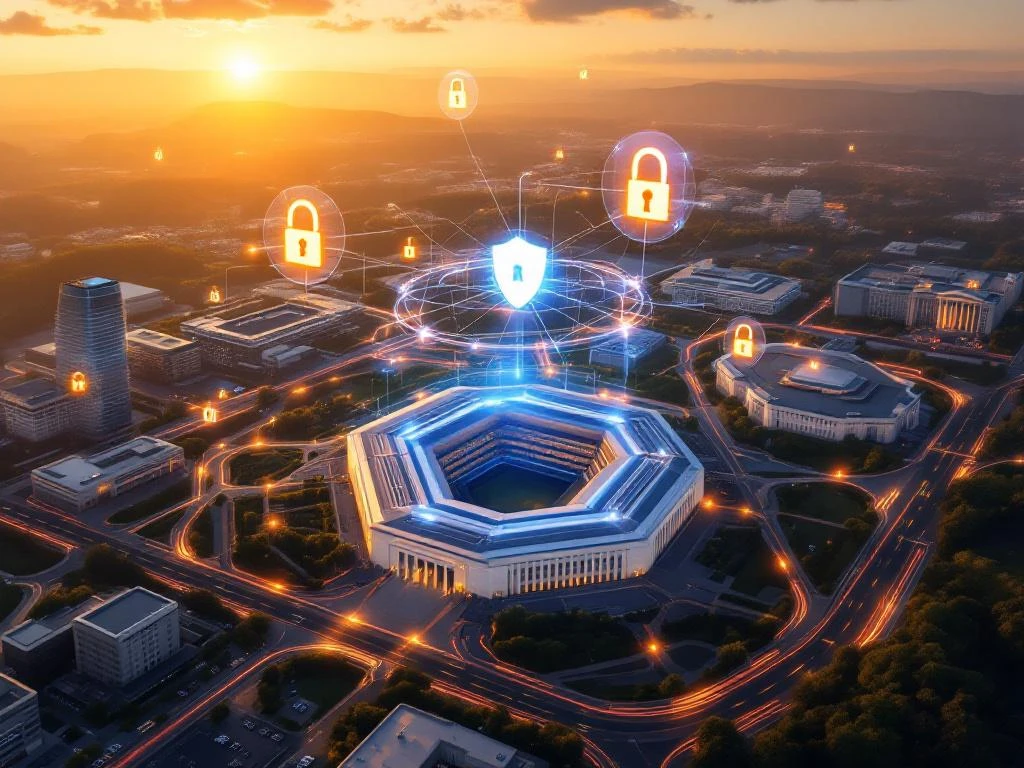

-
UK: +44 203 8876 770
US: 315 508 6500 - cybersecurity@thisisiceberg.com
-
8 Devonshire Square, London, EC2M 4YJ

Establishing an internal digital forensics lab is becoming increasingly important for organisations that need to investigate cybersecurity incidents, data breaches, or internal misconduct. A well-structured forensics lab enables you to maintain control over sensitive investigations, reduce response times, and develop institutional knowledge about threats specific to your environment. Whether you’re expanding your cybersecurity capabilities or establishing a new forensic function, thoughtful planning is essential to create a lab that meets legal standards while delivering actionable results.
An effective digital forensics lab balances several critical elements that work together to support reliable evidence collection and analysis. At its core, a successful lab has a secure environment that prevents evidence contamination while enabling efficient workflows. This means implementing proper access controls, maintaining network isolation, and creating designated spaces for different types of forensic activities.
The physical layout must support the forensic process—from evidence intake and storage to examination and reporting. This typically includes a secure evidence storage area, examination workstations, and administrative space. The technical infrastructure should enable forensic analysts to work with various types of digital evidence while maintaining chain of custody.
Beyond the physical and technical components, an effective lab requires clear operational objectives and governance. This includes defined investigation protocols, quality control processes, and documentation standards that ensure forensic findings can withstand scrutiny in legal proceedings.
When designing your forensic lab’s physical space, security should be your primary consideration. Create a dedicated, access-controlled area separate from regular office space. This area should ideally have:
Network infrastructure deserves special attention. Your forensic network should be physically isolated from the corporate network to prevent cross-contamination and protect against malware exposure during analysis. Consider implementing a dedicated internet connection for research and updates that’s separate from both your forensic and corporate networks.
The physical layout should also account for workflow efficiency—arranging spaces logically based on the forensic process from evidence intake through analysis to reporting.
Selecting the right tools for your digital forensics lab requires balancing capability requirements with budget constraints. Start with these foundational elements:
On the software side, consider investing in forensic suites that offer comprehensive capabilities rather than multiple single-purpose tools. Core software should include disk imaging utilities, analysis platforms, and tools for specific evidence types such as mobile devices, cloud data, and network traffic.
When selecting tools, consider not just current needs but future requirements. The digital landscape evolves rapidly, so choose solutions that receive regular updates and can adapt to new technologies and evidence types.
The success of your forensics lab ultimately depends on the expertise of your team. Your staffing plan should account for the breadth of skills needed across the forensic process—from evidence collection and handling to specialized analysis and reporting.
Key roles typically include:
When building your team, look for professionals with a diverse skill set that includes understanding of operating systems, file systems, network protocols, and data recovery techniques. Experience with forensic methodologies and tools is important, but equally valuable is analytical thinking and attention to detail.
Finding qualified forensic professionals can be challenging in the competitive cybersecurity job market. Consider partnering with specialized recruitment agencies who understand the unique requirements of digital forensics roles. You might also develop talent internally by providing training and mentorship opportunities to promising IT security staff.
Standardized operating procedures (SOPs) are the backbone of a forensically sound lab. Well-documented procedures ensure consistency, maintain evidence integrity, and support the defensibility of findings in legal proceedings.
Your SOPs should cover every aspect of the forensic process:
Essential documentation templates should include evidence intake forms, chain of custody logs, examination worksheets, and final report formats. These templates should be standardized but flexible enough to accommodate different types of investigations.
Regularly review and update your SOPs to reflect evolving technologies, legal requirements, and best practices. Document version control is critical—ensure all team members are working from the current procedures.
Building an internal forensics lab comes with several challenges that require thoughtful planning to overcome:
Budget constraints often limit the scope of lab capabilities. Address this by starting with essential tools and expanding incrementally. Consider open-source software and phased equipment purchases that align with your most common investigation types.
Skill gaps can hamper effectiveness. Mitigate this through a combination of targeted hiring, professional development for existing staff, and establishing relationships with external specialists for complex cases.
Technology integration issues frequently arise when connecting different forensic tools. Develop a cohesive technology strategy that emphasizes interoperability and standardized file formats.
Maintaining evidence integrity throughout investigations requires rigorous processes. Implement comprehensive chain of custody procedures and regular audits to ensure compliance.
Scalability challenges emerge as case volumes grow. Design your lab with expansion in mind, using modular approaches to technology and staffing that can grow with demand.
A successful forensics lab requires ongoing assessment and improvement. Develop metrics that reflect your lab’s objectives, such as:
Continuous improvement should be built into your lab operations. Regularly evaluate new forensic methods and tools, invest in ongoing training for team members, and refine processes based on case outcomes and challenges.
Consider adopting relevant standards such as ISO/IEC 17025 for testing and calibration laboratories. While full accreditation may not be necessary for all internal labs, following these standards provides a framework for quality management.
The digital threat landscape evolves constantly, requiring your lab to adapt. Allocate resources for research and development to explore emerging technologies and develop capabilities for new evidence types.
At Iceberg, we understand the challenges organisations face when building internal forensic capabilities. Finding qualified professionals with the right mix of technical skills and investigative mindset is often the biggest hurdle. If you’re looking to hire digital forensics experts for your team, our specialized recruitment services can help you identify and attract top talent.
If you are interested in learning more, reach out to our team of experts today.













